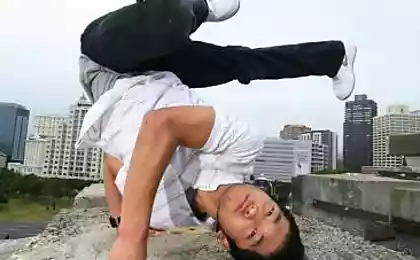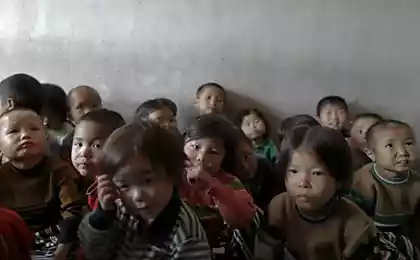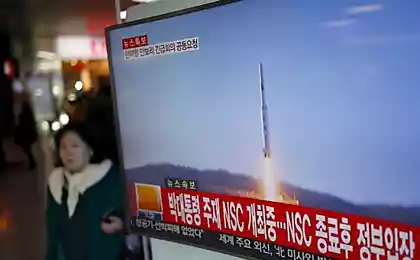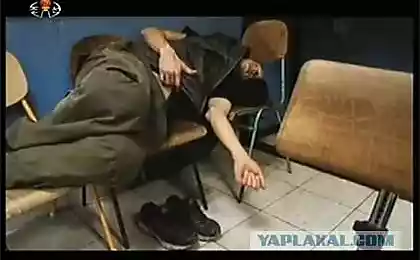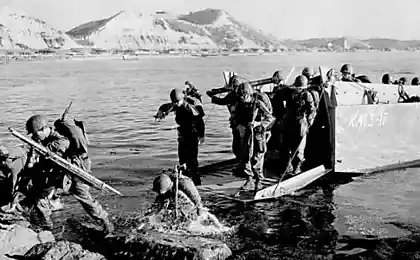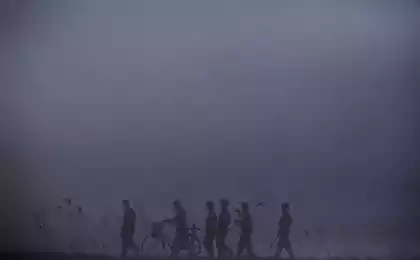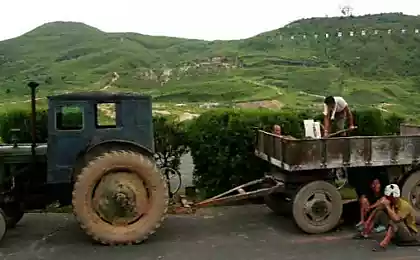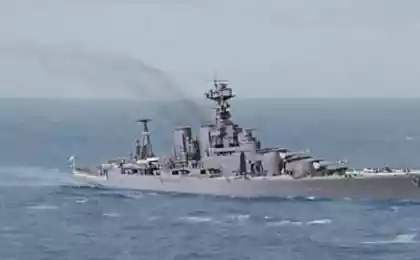1714
North Korea in the present
DPRK authorities protect their territory against journalists, so not many people know about the real life in this country.
Maybe this is correct, there is no need to know all about the problems generally do not judge me, let's see what it's really like.
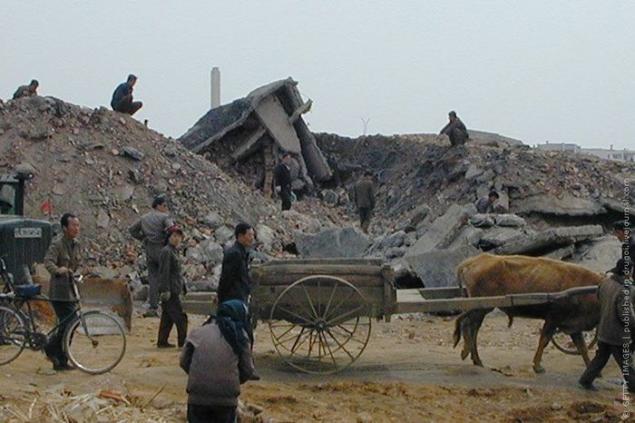
From time to time, very rarely, foreign photographers to manage, still take photos of everyday life the most closed countries in the world - North Korea. I'm talking about those cases where the DPRK is happening something like that with which the local authorities, carefully guarding their territory against journalists who can not cope and are forced to accept help from abroad, as well as start to his staff of foreign missions, which appears a rare opportunity to photograph on North Korean territory. The last time this happened when the first in April 2004 there was a terrible train accident, and then in 2005, when the country began again food shortages and the international community to take action to alleviate the plight of the population, living from hand to mouth for years. April 22, 2004 50 km from the China-North Korea border station Yeongcheon (or Rёnchhon), two trains collided, one of whom was carrying gasoline, the other - LPG. Blast from the collision was so strong that the territory, as it was written then, "looked like a massive air bombardment undergone." The train station and the village next to it were completely destroyed. Cause of the explosion remained unclear until the end - there were different versions, to the extent that the explosion allegedly was a failed attempt to assassinate Kim Jong-il, who passed through this station from China a few hours earlier. More likely, the reason was much more banal - ordinary North Koreans to carelessness. Anyway, North Korea asked for help in the aftermath of the disaster and the call immediately responded fraternal China and South Korea. In the disaster area were allowed humanitarian workers, whose photos can be seen here:
Such was the area near the train station:
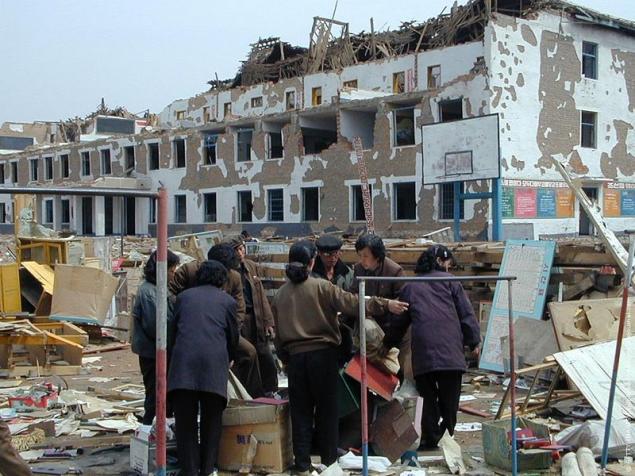
Such was the area near the train station: & quot; title = «From time to time, very rarely, foreign photographers to manage, still take photos of everyday life the most closed countries in the world - North Korea. I'm talking about those cases where the DPRK is happening something like that with which the local authorities, carefully guarding their territory against journalists who can not cope and are forced to accept help from abroad, as well as start to his staff of foreign missions, which appears a rare opportunity to photograph on North Korean territory. The last time this happened when the first in April 2004 there was a terrible train accident, and then in 2005, when the country began again food shortages and the international community to take action to alleviate the plight of the population, living from hand to mouth for years. April 22, 2004 50 km from the China-North Korea border station Yeongcheon (or Rёnchhon), two trains collided, one of whom was carrying gasoline, the other - LPG. Blast from the collision was so strong that the territory, as it was written then, "looked like a massive air bombardment undergone." The train station and the village next to it were completely destroyed. Cause of the explosion remained unclear until the end - there were different versions, to the extent that the explosion allegedly was a failed attempt to assassinate Kim Jong-il, who passed through this station from China a few hours earlier. More likely, the reason was much more banal - ordinary North Koreans to carelessness. Anyway, North Korea asked for help in the aftermath of the disaster and the call immediately responded fraternal China and South Korea. In the disaster area were allowed humanitarian workers, whose photos can be seen here:
Such was the area near the train station: »& gt;
Baby portfolios next to the destroyed school building. Total according to different sources were killed between 130 and 170 people, several thousand were injured.

Wooden Arba with ox yoked to it - the main means of transportation in the North Province.
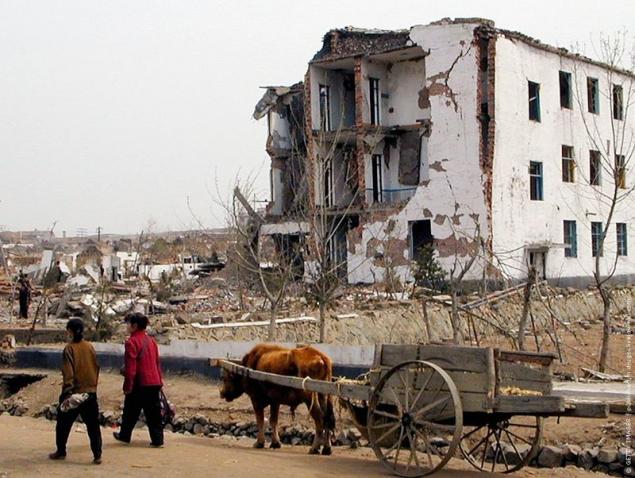
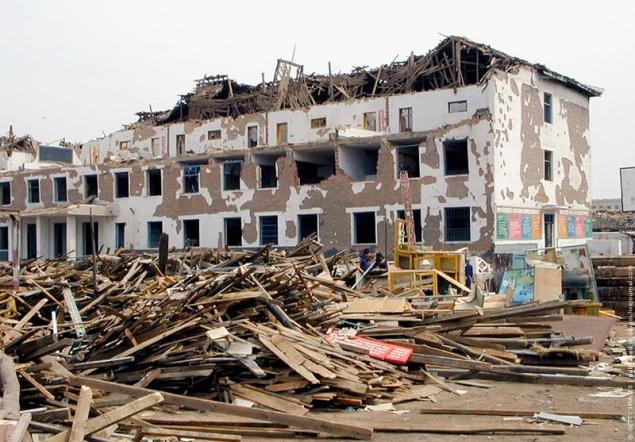
The picture from the orphanage, where the children of the victims of the explosion area. Wrote that Korean doctors who saved fired in an explosion of people, gave them his own skin - other means of assistance they did not have. According to the WHO in North Korea on health care is spent about $ 1 per person per year. Kind of world record - so little on the health of its citizens without spending a single country in the world.

In spring 2005, North Korea began to experience serious problems with food, the country once again threatened by famine. A request for assistance reacted World Food Programme, through which North Korea began to receive aid from different countries. In this photo the workers of the plant, which manufactured baby food, sleep in aggregate milk powder imported from the US.
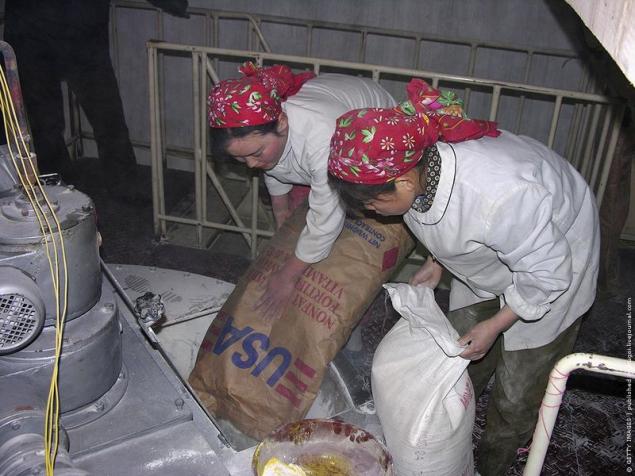
This photo was taken the World Food Programme Officer Gerald Burke July 19, 2005 in kindergarten in the district Ynpha (province North Hwanghae Province). This province since the mid 90's always mentioned when it comes to the threat of hunger in North Korea. July 26, 2005 in Beijing began the six-party talks on the issue of the food crisis in North Korea.
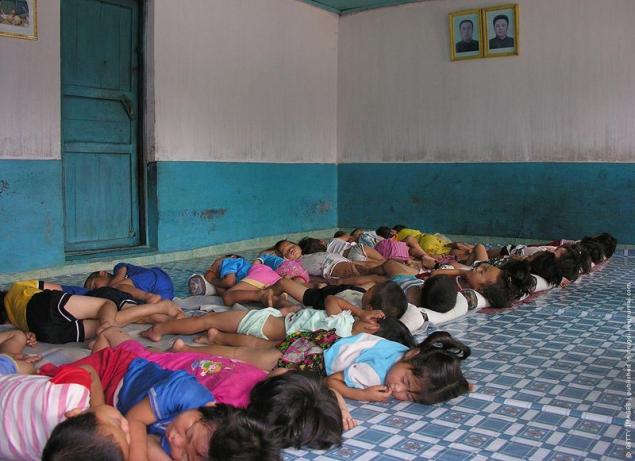
Distribution of the population of maize in the same province North Hwanghae Province, October 2005

Lunch at the orphanage in the province of Pyongan, July 2005
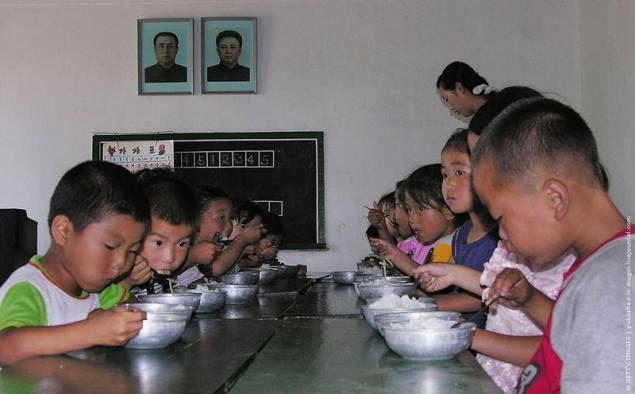
Now a North Korean family living in the province, stands 15 kg. corn and 1 to 2 kg of rice per month. This data, which result in refugees from North Korea. Amnesty International report on the status of food and health, which the organization published a few weeks ago, it is impossible to read without a shudder - how can people in the XXI century to live in such conditions?
In early May 2004, in Pyongyang was organized meeting of the ministers of the two countries - the Republic of Korea and the DPRK. South Korean press photographer from the pool of the Cabinet of Ministers had a rare opportunity to shoot on the streets closed from the rest of North Koreans nation's capital. In these photographs there is nothing special, unless you know the conditions in which tight control over foreign country there. Roughly the same thing happened in the Soviet Union in the early 50s.
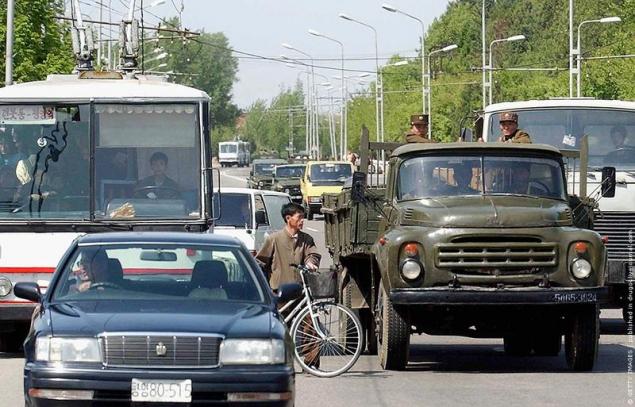

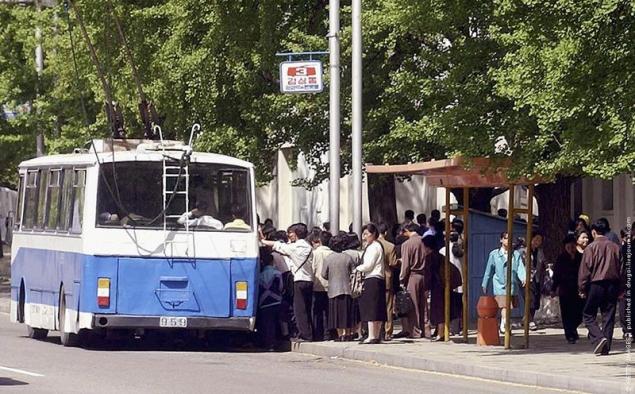
Foreigners in North Korea is still selected mobile phones even at the airport. For local residents, has one mobile operator, but the conditions for obtaining subscription unknown to me.
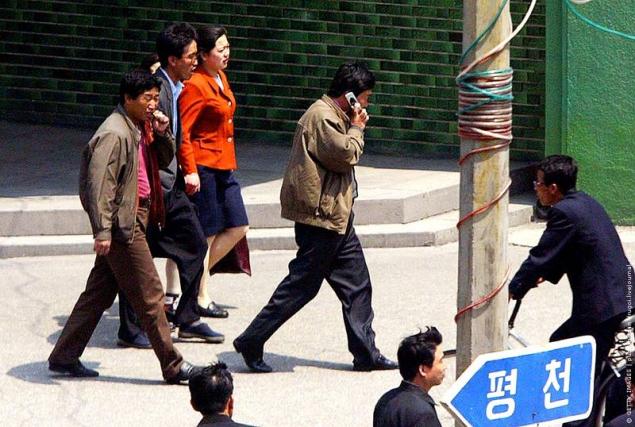
School children on the streets of Pyongyang. I was told that the Chinese bought shirportreb as we earlier on "black" flea markets.
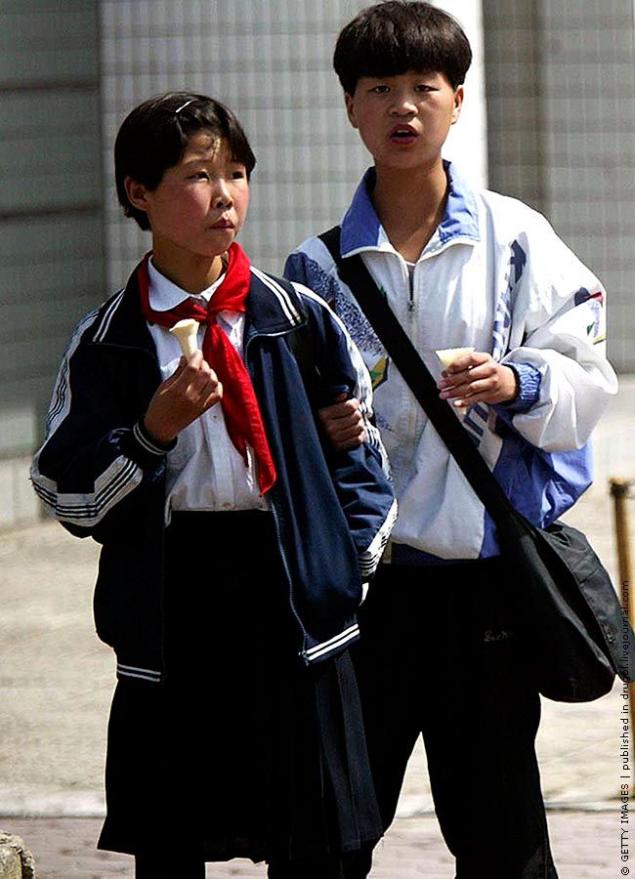
Shoes with white socks - greetings from the fifties!
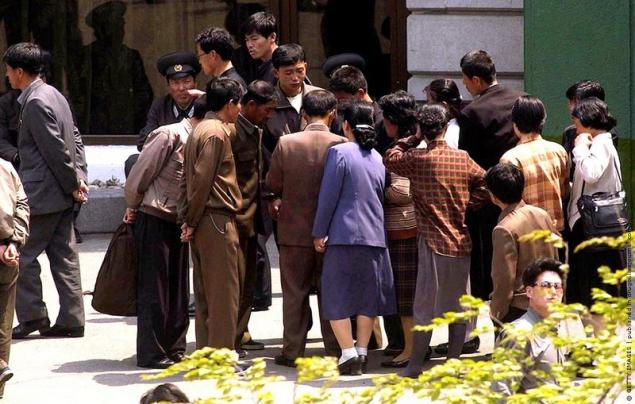
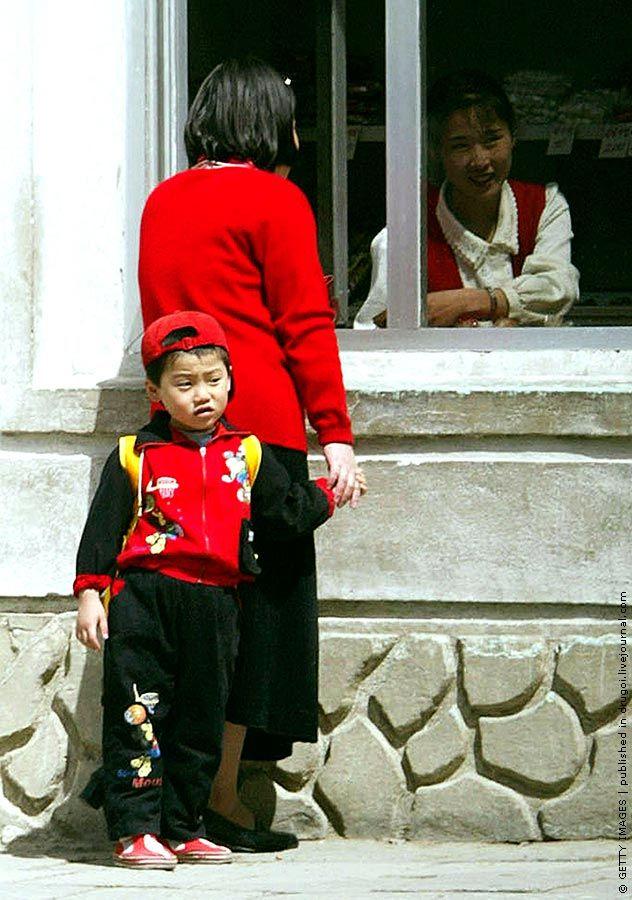
Even a perfectly ordinary picture is interesting because it is not just a trolley, the trolley is in Pyongyang.
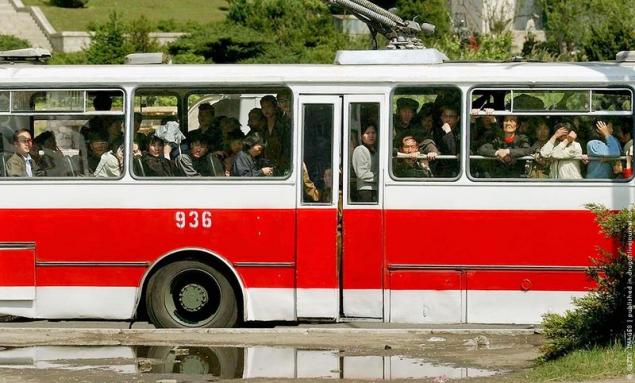
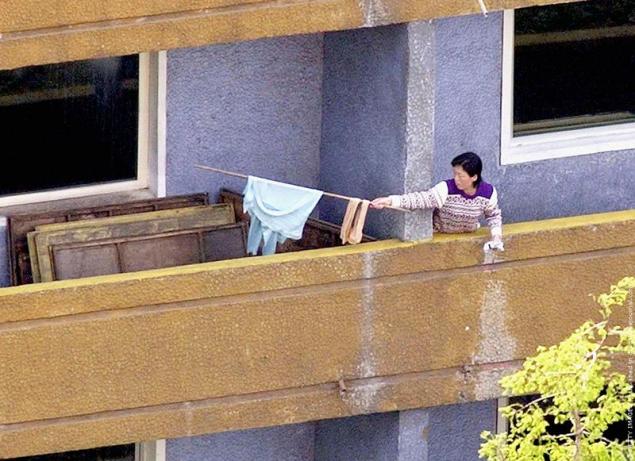
People play billiards in the city park. The situation is somewhat similar to the beginning of our thirties, when close to a dying village was quite prosperous Moscow or St. Petersburg. Although dark and deserted in the evenings Pyongyang little resemblance to the prosperous city.
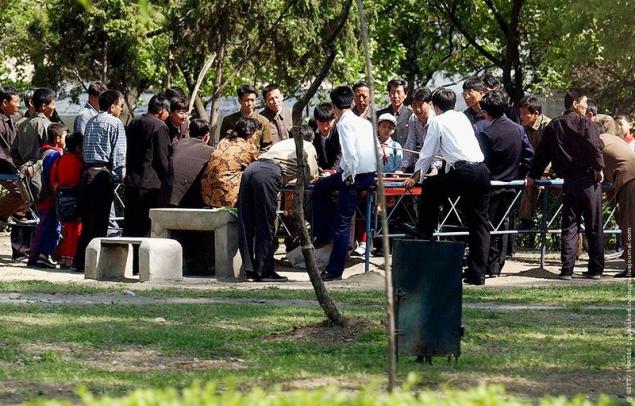
Finish this collection of wonderful photos of boys on the streets of Pyongyang. Maybe this generation will live up to the time when the communist regime will collapse and Korea will once again be united?
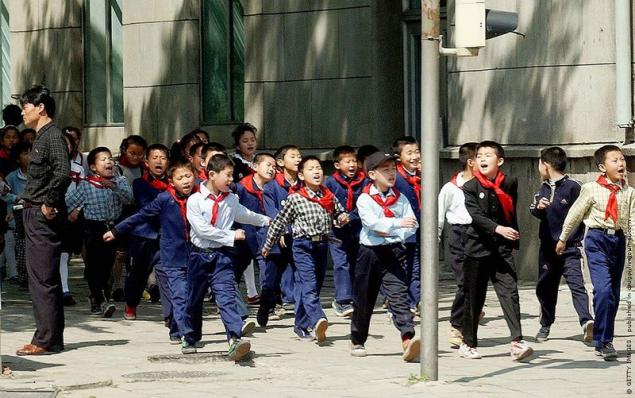
via drugoi
Maybe this is correct, there is no need to know all about the problems generally do not judge me, let's see what it's really like.

From time to time, very rarely, foreign photographers to manage, still take photos of everyday life the most closed countries in the world - North Korea. I'm talking about those cases where the DPRK is happening something like that with which the local authorities, carefully guarding their territory against journalists who can not cope and are forced to accept help from abroad, as well as start to his staff of foreign missions, which appears a rare opportunity to photograph on North Korean territory. The last time this happened when the first in April 2004 there was a terrible train accident, and then in 2005, when the country began again food shortages and the international community to take action to alleviate the plight of the population, living from hand to mouth for years. April 22, 2004 50 km from the China-North Korea border station Yeongcheon (or Rёnchhon), two trains collided, one of whom was carrying gasoline, the other - LPG. Blast from the collision was so strong that the territory, as it was written then, "looked like a massive air bombardment undergone." The train station and the village next to it were completely destroyed. Cause of the explosion remained unclear until the end - there were different versions, to the extent that the explosion allegedly was a failed attempt to assassinate Kim Jong-il, who passed through this station from China a few hours earlier. More likely, the reason was much more banal - ordinary North Koreans to carelessness. Anyway, North Korea asked for help in the aftermath of the disaster and the call immediately responded fraternal China and South Korea. In the disaster area were allowed humanitarian workers, whose photos can be seen here:
Such was the area near the train station:

Such was the area near the train station: & quot; title = «From time to time, very rarely, foreign photographers to manage, still take photos of everyday life the most closed countries in the world - North Korea. I'm talking about those cases where the DPRK is happening something like that with which the local authorities, carefully guarding their territory against journalists who can not cope and are forced to accept help from abroad, as well as start to his staff of foreign missions, which appears a rare opportunity to photograph on North Korean territory. The last time this happened when the first in April 2004 there was a terrible train accident, and then in 2005, when the country began again food shortages and the international community to take action to alleviate the plight of the population, living from hand to mouth for years. April 22, 2004 50 km from the China-North Korea border station Yeongcheon (or Rёnchhon), two trains collided, one of whom was carrying gasoline, the other - LPG. Blast from the collision was so strong that the territory, as it was written then, "looked like a massive air bombardment undergone." The train station and the village next to it were completely destroyed. Cause of the explosion remained unclear until the end - there were different versions, to the extent that the explosion allegedly was a failed attempt to assassinate Kim Jong-il, who passed through this station from China a few hours earlier. More likely, the reason was much more banal - ordinary North Koreans to carelessness. Anyway, North Korea asked for help in the aftermath of the disaster and the call immediately responded fraternal China and South Korea. In the disaster area were allowed humanitarian workers, whose photos can be seen here:
Such was the area near the train station: »& gt;
Baby portfolios next to the destroyed school building. Total according to different sources were killed between 130 and 170 people, several thousand were injured.

Wooden Arba with ox yoked to it - the main means of transportation in the North Province.


The picture from the orphanage, where the children of the victims of the explosion area. Wrote that Korean doctors who saved fired in an explosion of people, gave them his own skin - other means of assistance they did not have. According to the WHO in North Korea on health care is spent about $ 1 per person per year. Kind of world record - so little on the health of its citizens without spending a single country in the world.

In spring 2005, North Korea began to experience serious problems with food, the country once again threatened by famine. A request for assistance reacted World Food Programme, through which North Korea began to receive aid from different countries. In this photo the workers of the plant, which manufactured baby food, sleep in aggregate milk powder imported from the US.

This photo was taken the World Food Programme Officer Gerald Burke July 19, 2005 in kindergarten in the district Ynpha (province North Hwanghae Province). This province since the mid 90's always mentioned when it comes to the threat of hunger in North Korea. July 26, 2005 in Beijing began the six-party talks on the issue of the food crisis in North Korea.

Distribution of the population of maize in the same province North Hwanghae Province, October 2005

Lunch at the orphanage in the province of Pyongan, July 2005

Now a North Korean family living in the province, stands 15 kg. corn and 1 to 2 kg of rice per month. This data, which result in refugees from North Korea. Amnesty International report on the status of food and health, which the organization published a few weeks ago, it is impossible to read without a shudder - how can people in the XXI century to live in such conditions?
In early May 2004, in Pyongyang was organized meeting of the ministers of the two countries - the Republic of Korea and the DPRK. South Korean press photographer from the pool of the Cabinet of Ministers had a rare opportunity to shoot on the streets closed from the rest of North Koreans nation's capital. In these photographs there is nothing special, unless you know the conditions in which tight control over foreign country there. Roughly the same thing happened in the Soviet Union in the early 50s.



Foreigners in North Korea is still selected mobile phones even at the airport. For local residents, has one mobile operator, but the conditions for obtaining subscription unknown to me.

School children on the streets of Pyongyang. I was told that the Chinese bought shirportreb as we earlier on "black" flea markets.

Shoes with white socks - greetings from the fifties!


Even a perfectly ordinary picture is interesting because it is not just a trolley, the trolley is in Pyongyang.


People play billiards in the city park. The situation is somewhat similar to the beginning of our thirties, when close to a dying village was quite prosperous Moscow or St. Petersburg. Although dark and deserted in the evenings Pyongyang little resemblance to the prosperous city.

Finish this collection of wonderful photos of boys on the streets of Pyongyang. Maybe this generation will live up to the time when the communist regime will collapse and Korea will once again be united?

via drugoi




